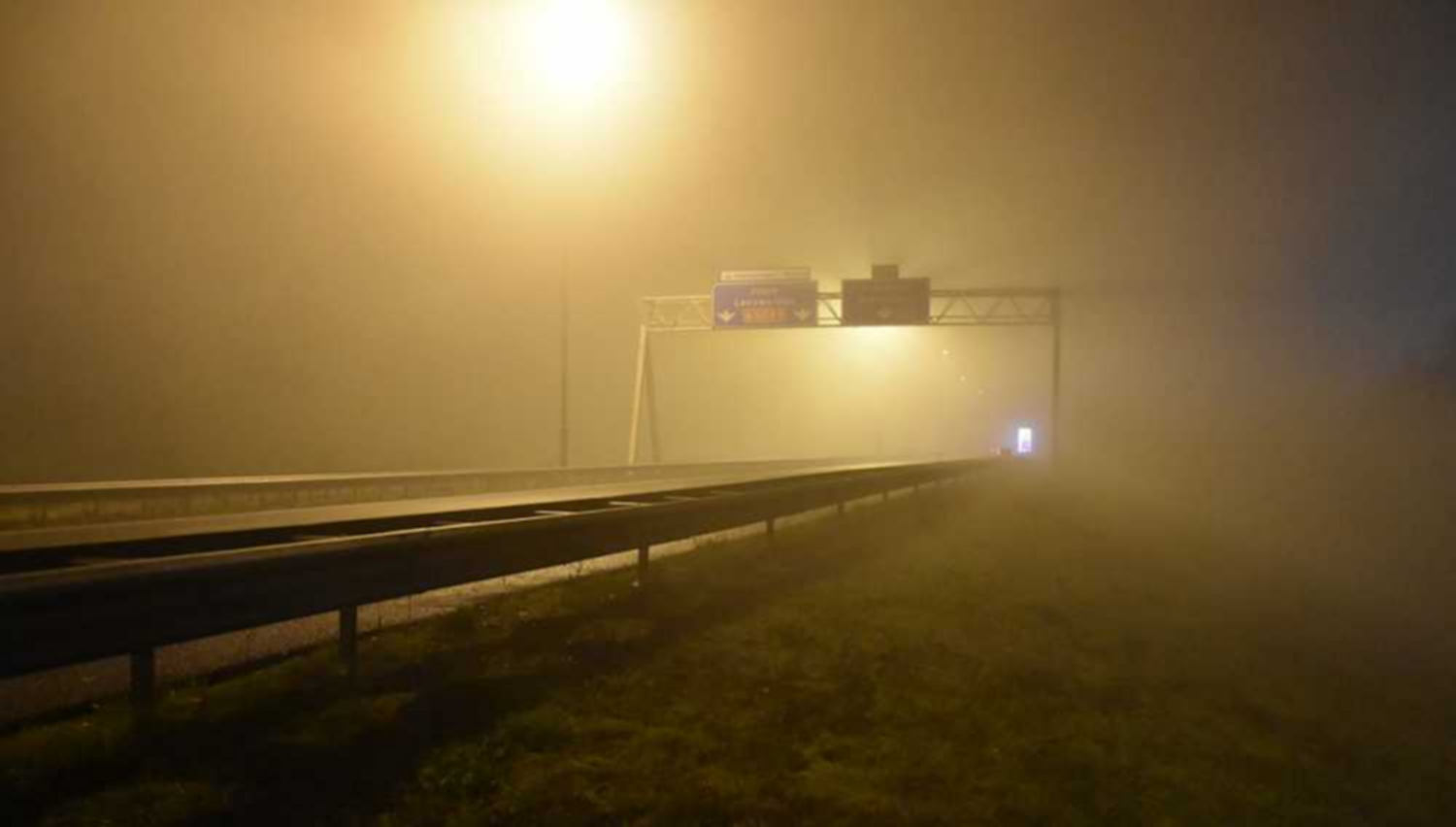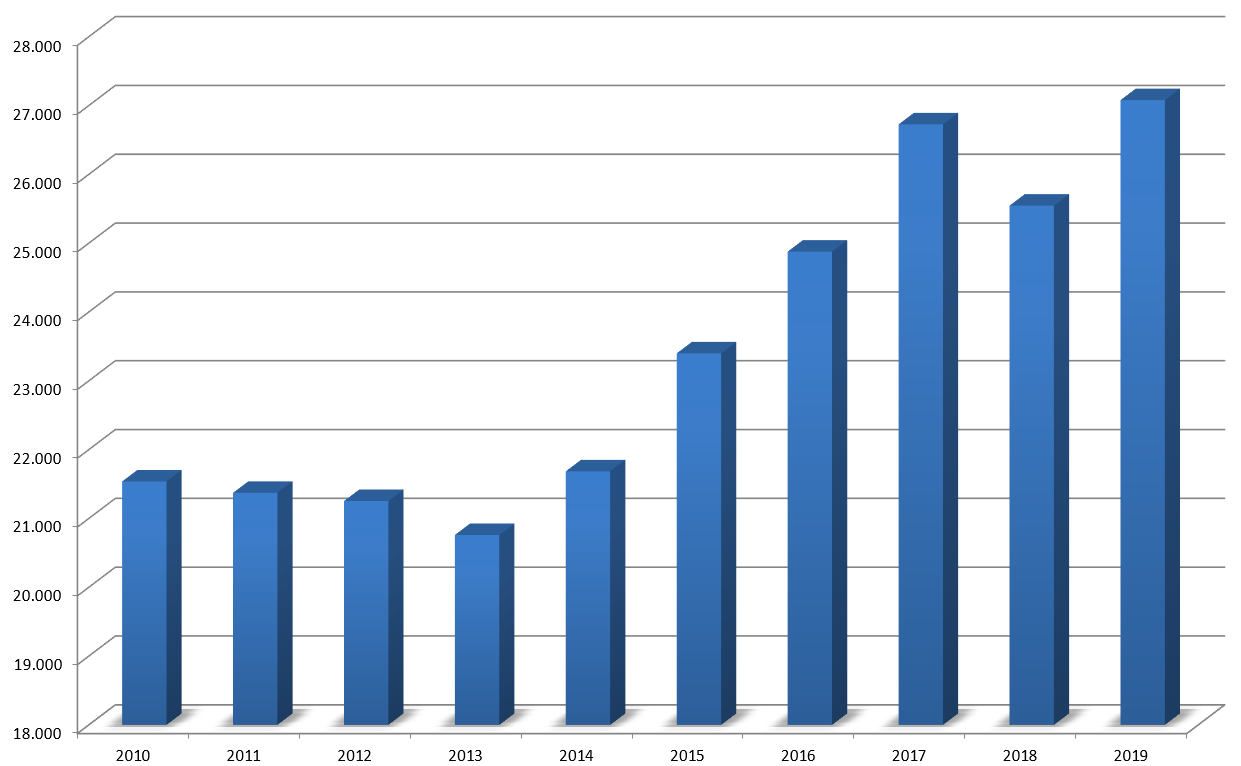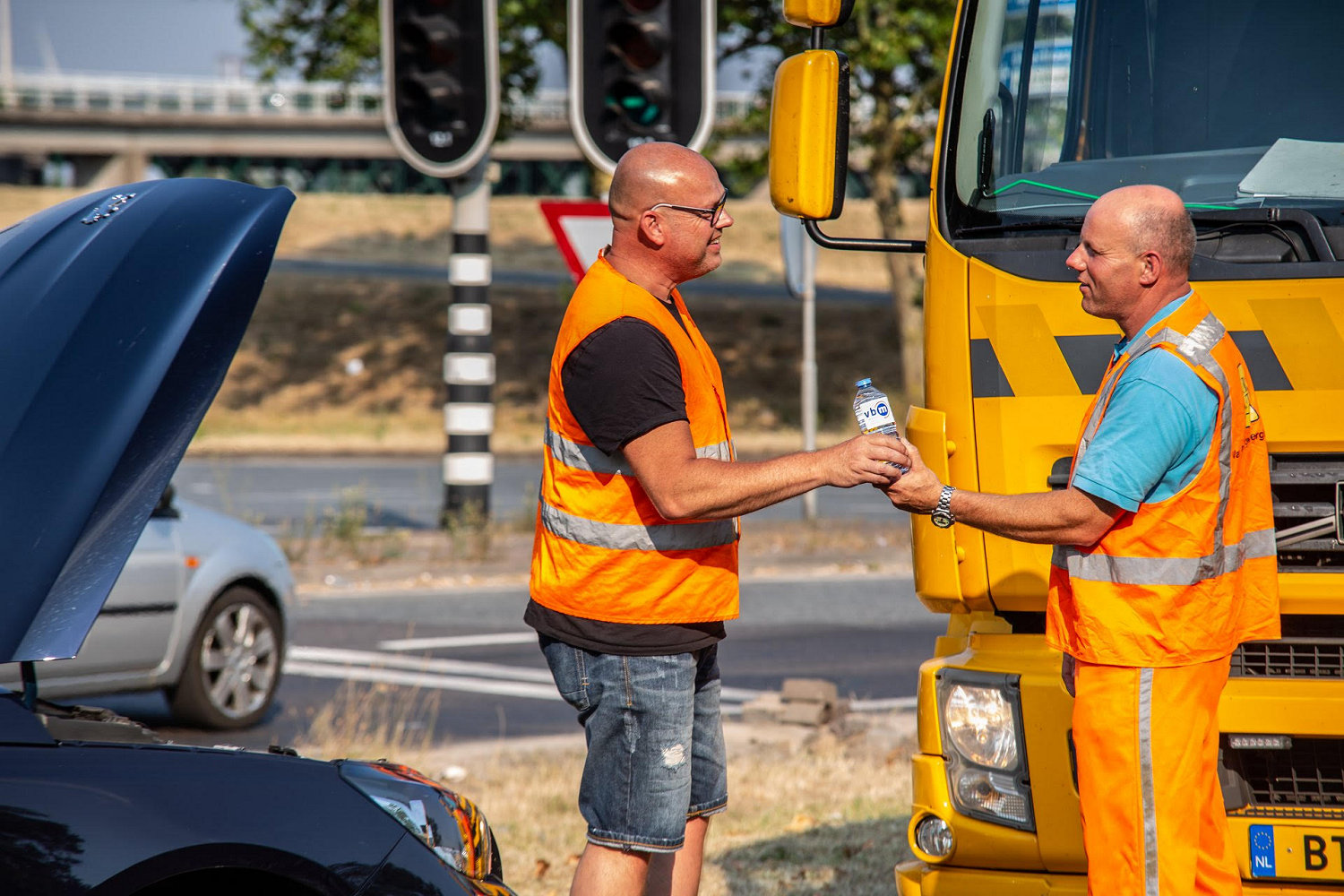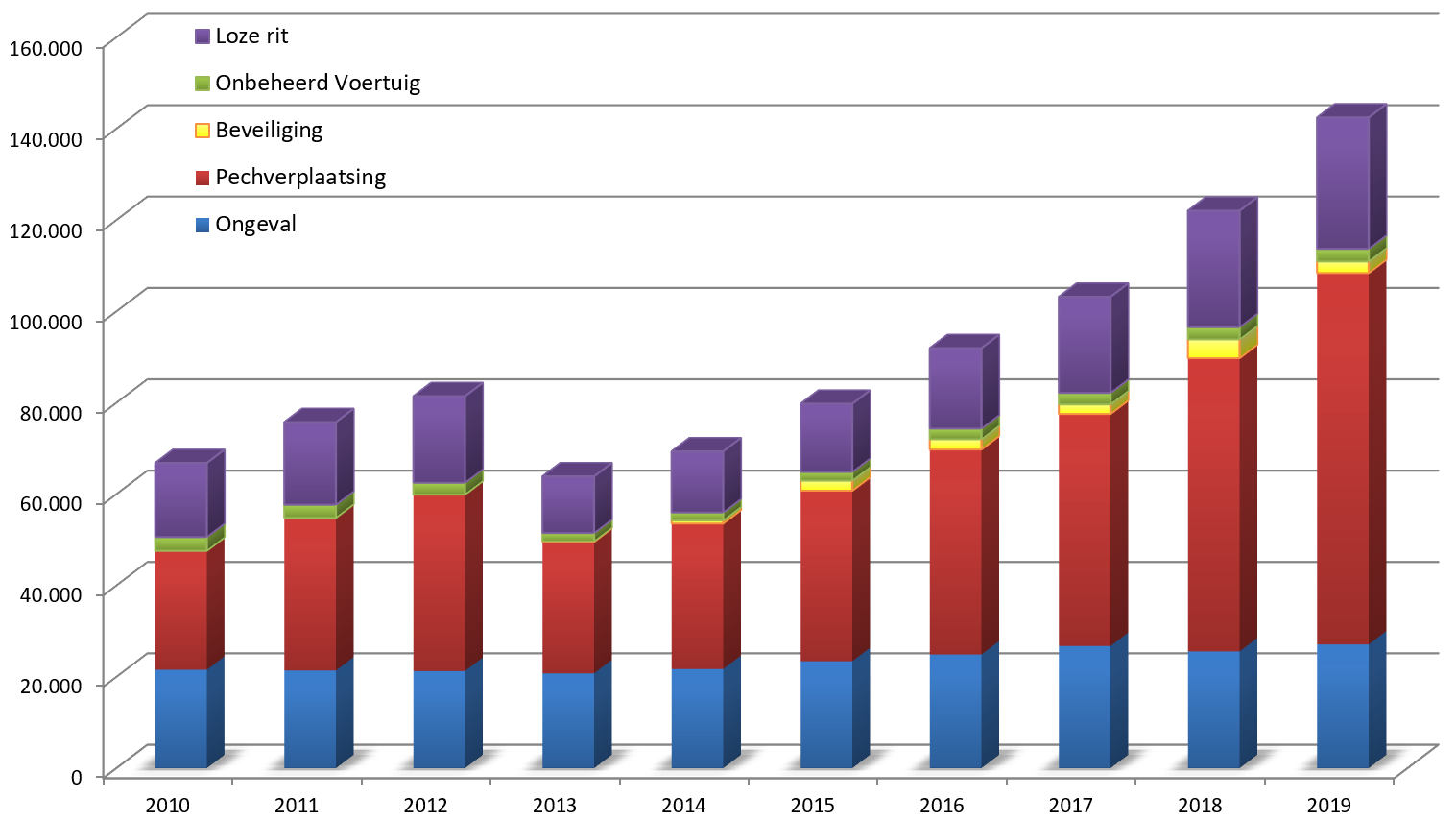Record number of accidents in 2019
Wednesday, 29 January 2020
The number of accidents and other incidents on primary roads in the Netherlands in 2019 was higher than in any other year in the 21st century. IM recovery operators were called out to remove vehicles that had been involved in a collision on 27,141 occasions. This was nearly 1,600 times more than in 2018. This means that the rise in the number of incidents since 2013 has resumed, after a brief interruption in 2018. In 2013, IM recovery operators dealt with 20,978 incidents. This brings the total rise since 2013 to 29%1.

A32 motorway closed after pile-ups on both carriageways at hectometre marker 58.0 on New Year's Eve 2019.
The most severe crashes of the year happened on New Year's Eve in the vicinity of Heerenveen. It all began at 6.40 p.m. with pile-ups on both carriageways of the A32 at Akkrum, in a collision in thick fog involving 30 vehicles. One hour later, 25 cars were caught up in a collision on the A7 in Heerenveen, ten kilometres further on. Recovery operations at both sites were carried out by BCF Mobiliteit, which took two hours to get the jobs done with thirteen recovery vehicles.
IM accidents 2010 - 2019

IM recovery operators had their hands full over the past year primarily with breakdown recoveries. This happened on 81,000 occasions, a rise of 17,000 on 2018 (plus 27%). Roadside breakdowns may present a danger to traffic. So Rijkswaterstaat (RWS) is increasingly opting to have vehicle breakdowns removed from the hard shoulder. The IM recovery operator is then called out to tow the vehicle in question to a safe place nearby.

Recovery specialist Theo van Krevel of Van Amerongen Berging hands some refreshments to a driver whose car has broken down on the N325 at Arnhem, on 26 July 2019 (photo: Denkweb Fotografie)
The number of breakdown removals reached a peak in the summer months. On days when the temperature reaches tropical values, RWS has a target of removing all car breakdowns from the roads. But when this 'hot-weather protocol' came into effect it played only a small part in the increase in the number of breakdown removals. In each month of the year there was a rise in relation to 2018, particularly in the fourth quarter.
IM callouts 2019
| Type of callout | 2019 | 2018 | Increase |
|---|---|---|---|
| Incident/Accident | 27.141 | 25.545 | 6% |
| Breakdown removal | 81.263 | 64.217 | 27% |
| Security | 3.251 | 4.099 | -21% |
| Unattended vehicle | 2.768 | 2.696 | 3% |
| Wasted callout | 28.739 | 25.477 | 13% |
| Primary road network | 125.697 | 106.824 | 18% |
| Underlying road network | 17.465 | 15.210 | 15% |
| Police | 21.857 | 23.698 | -8% |
| RWS | 92.498 | 73.650 | 26% |
| ANWB/Control centre | 26.789 | 22.205 | 21% |
| EDO/Flitsmeister | 2.018 | 2.481 | -19% |
| Total | 143.162 | 122.034 | 17% |
With the increase in the number of incidents and breakdown removals, the total number of IM callouts in 2019 came to 143,162, 17% up on the 2018 figure. The number of security callouts fell. These are cases in which recovery operators are called out to secure an incident site themselves. This is done with the help of a second vehicle that is sited 'upstream' of the incident, warning road users of the road works ahead with flashing lights.
IM callouts 2010 - 2019

The role of the police in recording and reporting incidents on IM roads declined in 2019. The police control rooms made 21,857 reports, 8% fewer than in 2018. The police is notified of such reports via the emergency services number, 112. This is an important source because it is not used exclusively by those directly involved but also by passers-by, particularly in the event of accidents. The drop in the number of police reports is something that has been happening for years. In 2015 the police, with 32,168 calls, was still the most significant source of incident reports.
1) The network of IM roads has not changed substantially since 2013. There has been a little expansion. This expansion related to roads with a combined length of around 1% of the total network in 2013. Figures relate solely to incidents involving passenger vehicles reported to the Stichting IMN's National Central Reporting Point (LCM).